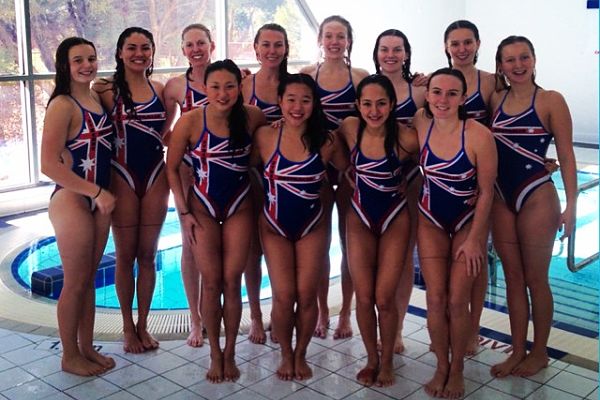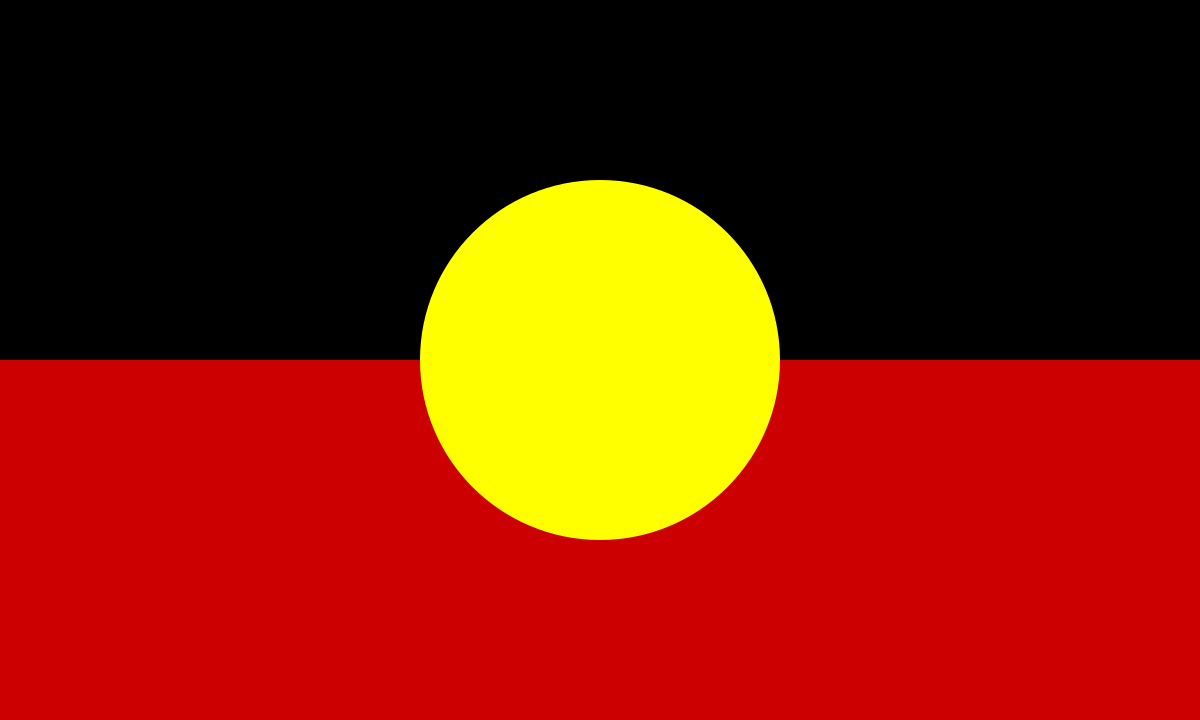Four Western Australian Institute of Sport athletes have officially been selected for the Australian synchronised swimming team set to compete at the 2015 FINA World Championships in Kazan, Russia.
WAIS scholarship holders Danielle Kettlewell, Deborah Tsai, Amie Thompson and Danielle ten Vaanholt received the good news that they would compete for Australia as the team looks to secure the country’s berth at the 2016 Rio Olympic Games, which it will achieve if it finishes above Oceania rivals New Zealand at these Championships.
The Australian synchronised swimming squad was the first international group to arrive in Kazan for the World Championships, with the local media attending in force to welcome them.
Australian team captain Bianca Hammett spoke with reporters and confirmed that Olympic qualification was the team’s main goal.
“First we were training in Canberra, then we moved to Melbourne. Next stop was in Dubai and finally we are in Kazan. We hope to earn a qualifying spot for Rio 2016. This is our principal task for the upcoming Championships. We are not sure yet about whether we’ll succeed or not but we are definitely going to do our best to pull it off. Our team is full of youngsters, most of us will compete at these Championships for the first time. We’ll try to get as much experience as we can and qualify for the Olympic Games.“
The FINA World Championships also host swimming, open water swimming, water polo and diving, with the Championships running from July 24 – August 9.
For the uninitiated, synchronised swimming is a water sport that involves swimmers performing figuresto music. The sport requires athletes to not only possess stamina but also flexibility, grace, well-honed skills and exceptionalbreath control.
Solo, duet, team and mixed duet synchro swimmers compete in two routines: technical and free. The technical routine involves performing predetermined elements that must be executed in a specific order. The free routine has no requirements so the swimmers can be ‘free’ in how creative they get with music and their choreography. The free combination routine is a combinationof solo, duet, trio, teamin oneroutineperformed byno more than 10 swimmers.
The judges award points on a scale of 0.0-10.0 (in tenths). There are three 5-member panels of judges, with the first panel scoring technical merit and synchronisation, the second scoring artistic impression (choreography, music interpretation and manner of presentation) and the third scoring difficulty in free routines and required elements in technical routines.
FINA also announced this week that Synchro Australia has been successful in its bid to stage the 2018 Junior World Synchro Championships in Perth.
– with Kazan2015



